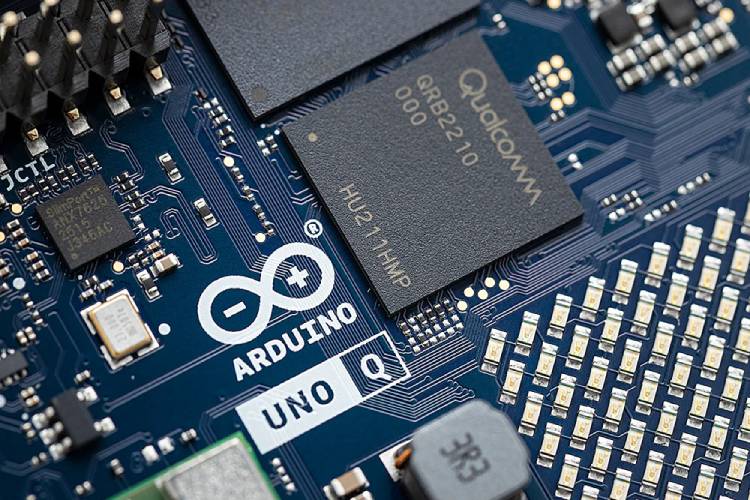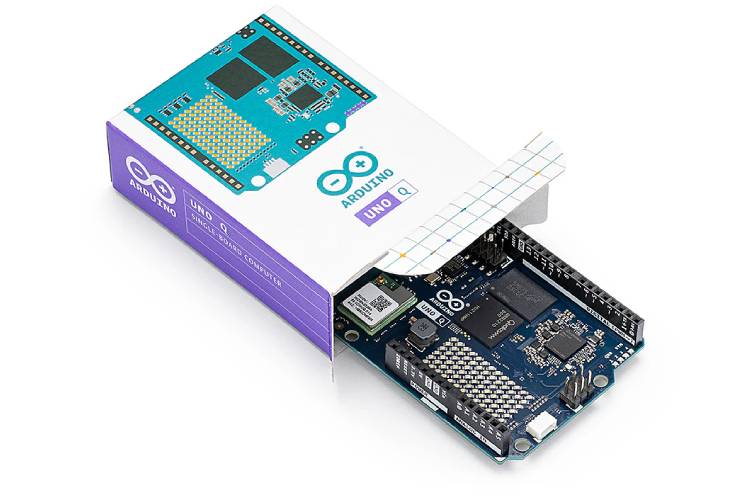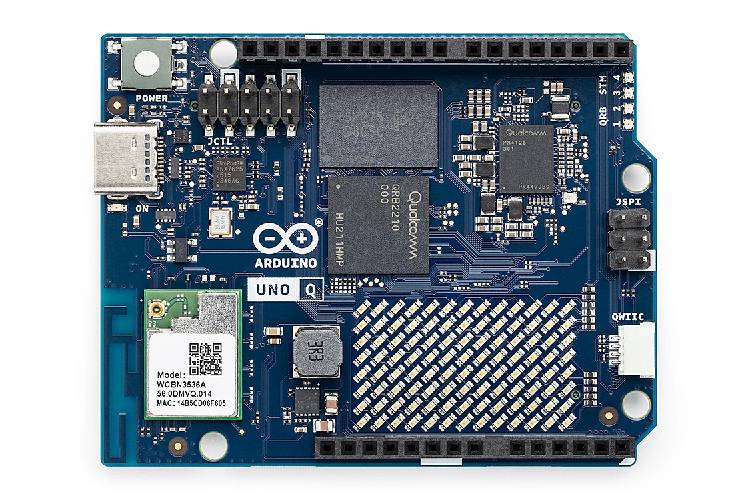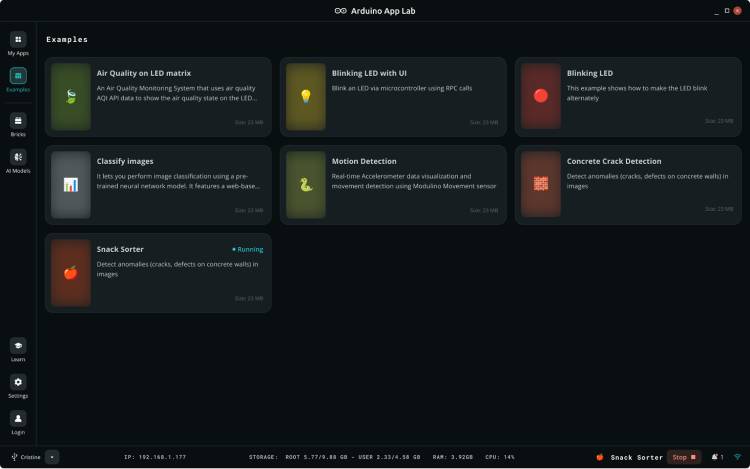
Qualcomm’s recent acquisition of Arduino marks a turning point in the maker and embedded space. As announced on October 7, 2025, Qualcomm will acquire Arduino while preserving its brand, tools, and commitment to open-source development. In parallel with the acquisition news, Arduino and Qualcomm jointly unveiled the Arduino UNO Q, a hybrid single-board system combining Linux-capable compute and real-time MCU functionality.

The UNO Q integrates Qualcomm’s Dragonwing QRB2210 SoC with a real-time STM32U585 microcontroller. The Dragonwing CPU is featured with a quad-core ARM processor running up to 2.0 GHz, an Adreno GPU, dual-ISP for image processing, and built-in Wi-Fi 5 and Bluetooth 5.1 connectivity. Meanwhile, the STM32U585 handles low-latency tasks, sensor interfacing, and deterministic I/O control. This “dual brain” architecture allows projects to run Linux tasks, AI or vision workloads alongside time-critical control loops. The UNO Q also includes onboard eMMC storage, support for camera, display, and audio peripherals, and compatibility with the broader Arduino shield ecosystem.

Alongside the hardware launch, Arduino introduced App Lab, a new integrated development environment built specifically for the UNO Q platform. App Lab merges the simplicity of the classic Arduino IDE with modern tools for Linux and AI-capable systems. Developers can manage both the real-time STM32 core and the Qualcomm processor from a single workspace, allowing cross-compilation, peripheral debugging, and containerised Linux app deployment without switching tools. The environment supports Python, C++, and graphical node-based programming, making it approachable for both hobbyists and professionals. With built-in libraries for computer vision, edge AI, and cloud connectivity, App Lab aims to shorten development cycles and make complex embedded AI projects easier to prototype and scale.

In terms of pricing and availability, the baseline version of UNO Q with 2GB of RAM and 16GB of eMMC is priced at about US $44 (approximately €39) and is set to ship beginning October 24, 2025. A higher-end variant with 4 GB RAM and 32 GB eMMC is expected in November 2025, priced around US $59 (approximately €53). Pre-orders are already open, and full availability is expected by the end of the year.

